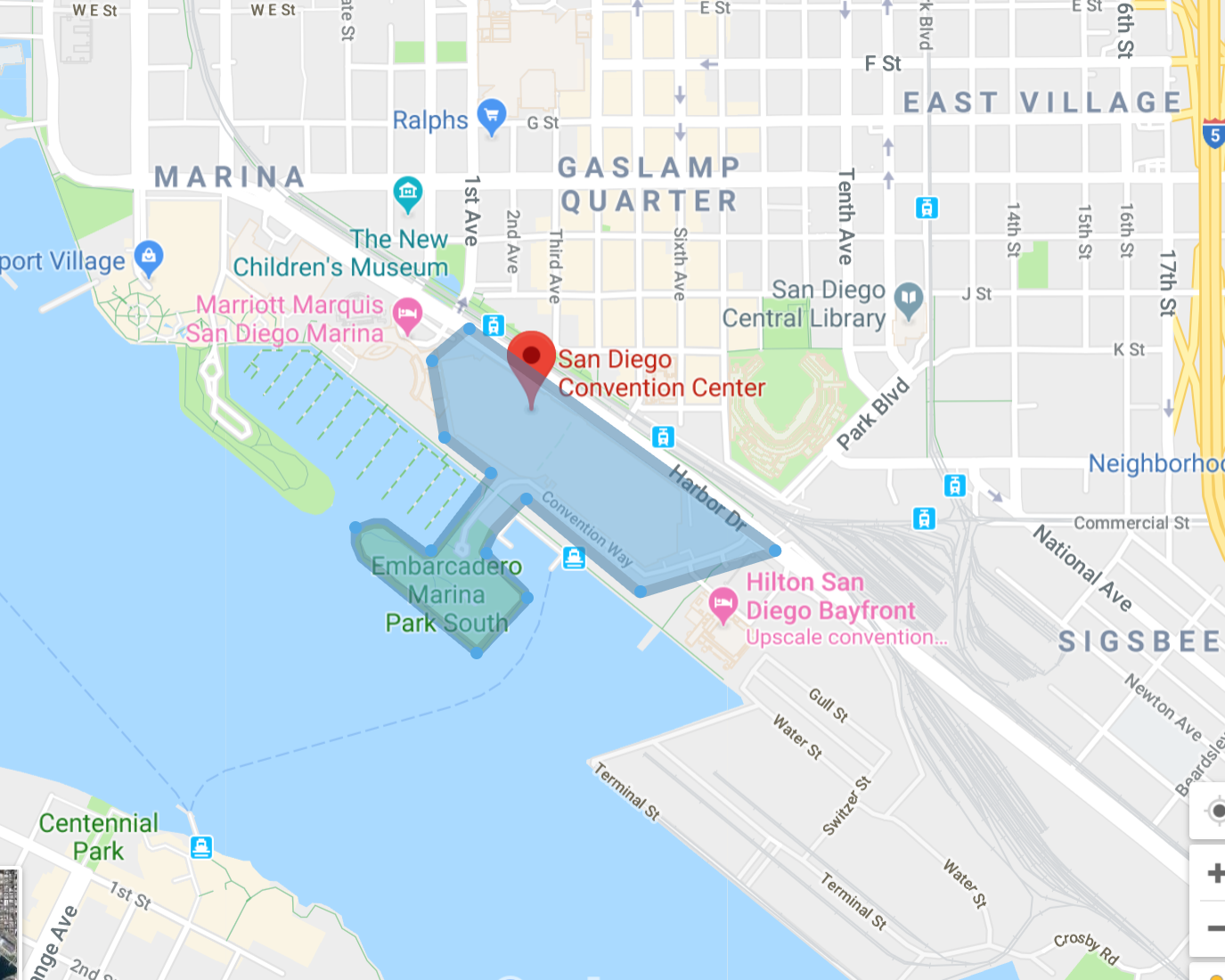
Modern Marketing Play: Geofencing a Competing Event
There's a lot you can do with geofencing
For a quick play to run to earn awareness and engagement with a new audience while your competition is busy putting on its annual event, check out the rest of this article below!
Play Summary: Geofencing a Competing Event
Using geofencing as part of your event marketing strategy is simpler than it seems, especially with a platform like Feathr. Many other marketing tools enable geofencing now, so the challenge is in knowing what to do. When you have a playbook, every campaign is simply a matter of checking the right boxes. That's where our guidance comes in. Today we'll talk about the strategy of geofencing a competitor's event.
Here are the key elements of the play:
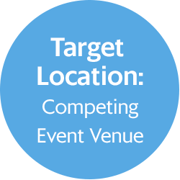

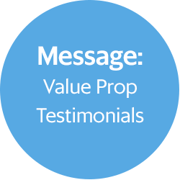
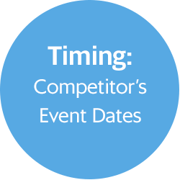
Target Location
• Competitor's event venue
It's a simple fact of life: business is fierce, and if you're not reaching your competition's audience, someone else will. Geofencing a competing event with advertising may feel like sniping, but ignoring that audience is a wasted opportunity. When else do you have access to a group of well-matched prospects, eager to learn and do business (besides your own events, of course)?
The most valuable part of your competitor's event is the temporary mass gathering of an audience that, because they've shown interest in your competitor, are by definition well-suited to be interested in your events too. Awareness-building ad campaigns can be like taking a stab in the dark, because if a prospect has never visited your website, you have little way of knowing how qualified they are to your business. Digitally advertising within the bounds of the venue during a competitor's event is a clever way of circumnavigating that pesky problem.
Channels
• Mobile
If you've read our foundational piece on geofencing, you know that system administrators of event venues set digital boundaries around their building called geofences. Targeted ads can then be enabled when a mobile device enters the geofence. It's well known that event attendees spend a considerable amount of attendance time on their mobile devices, and that's exactly where you reach them with geofencing.
Below is a (hypothetical) example of a geofence around the popular San Diego Convention Center and adjoining embarcadero.
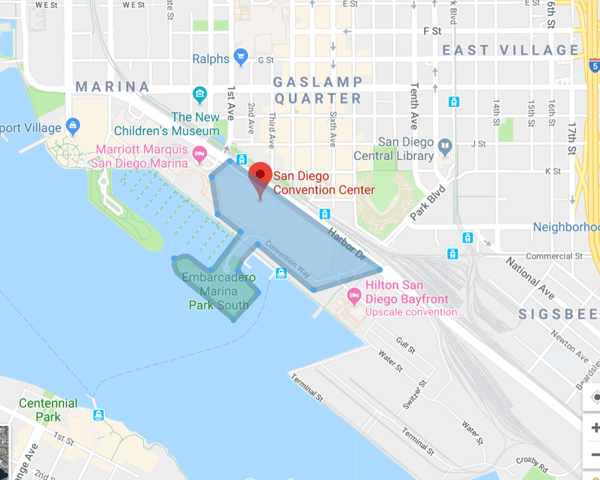
Running a geofenced campaign is as simple as choosing the dates of your campaign, the address you want to target, and which message you want your competitor's audience to see. Let's talk about that next.
Message
• Value prop/differentiator
• Previous year highlights/testimonial
• Recognizable speakers/exhibitors

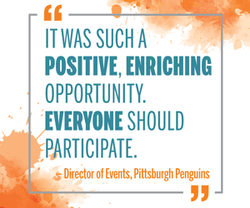

Some examples of successful Feathr customers' geofencing campaign creatives. Note the variety of value propositions: local-specific messaging, a high-value attendee testimonial, and educational.
Because geofencing is a top-of-funnel activity, don't overthink it. You're introducing your brand to new eyes for the first time. What's the one thing they should know in two seconds? That should be your message. Here are some category ideas to help you connect the dots:
Value prop/differentiator: What makes your event unique from your competitors? That's what will pique the interest of new eyes.
Highlights/testimonials: If event attendance and not general brand awareness is your goal, try showing an eye-catching image from a past event along with a powerful testimonial from an attendee. Marketing messages, paradoxically, can hold more weight when they don't come from a marketer.
Recognizable speakers/exhibitors: Did you land a more popular keynote speaker than your competitor this year? Brag about it in your campaign. Will a magnetic brand be pulling out all the stops to exhibit at your event? Let your competitor's audience know. This works especilly well if your speakers/exhibitors have a larger following than your own brand.
Timing
• During competing event dates
Pop quiz: when is your biggest competitor's annual event? If you don't know, pause here for a moment and find out. That's the only timing information you really need to get a geofenced campaign running against your competition's audience.
After their event is over, take stock of your campaign performance. Because geofencing is a top-of-funnel marketing activity, the campaign's impressions are a key metric. Whether or not a prospect actually clicked, the number of impressions is still an important measure of awareness, which is what you want to get out of a geofencing campaign.
Final Thoughts
Depending on the strength of your creatives, message, and incentive, you will have clicks to check up on too. The clicks represent your net new audience, and even if those people did not register for your event or subscribe to your organization's updates, they've still visited your site and you can continue advertising to them further down the sales funnel. We'll go into more details about that in another play. Stay tuned!
To learn more about Feathr's geofencing and have a conversation with our experts, visit feathr.co/demo today.
You May Also Like
These Related Stories

16+ Marketing Ideas for Nonprofits | Engage Your Supporters

Geofencing software: Target locations and grow your audience
